Very little was written about Jock Macdonald during his life, and the best essays from the past six decades are included in the catalogues produced for the last three major exhibitions of his work. The artist himself read widely in the areas of art, philosophy, and criticism. No films or documentaries have been produced about his work. His extant correspondence is preserved in the Pailthorpe Archive, National Library of Scotland, Glasgow; Correspondence with Artists – Macdonald, J.W.G., National Gallery of Canada fonds, and Jock Macdonald fonds, National Gallery of Canada Library and Archives, Ottawa; and Bates Papers and Nicoll Papers, McCord Museum Archive, Montreal. Joyce Zemans’s papers, containing working notes, files, copies of correspondence, and so on, will be located at York University in 2017.
Exhibitions
During his lifetime, Jock Macdonald was the subject of several important solo exhibitions.
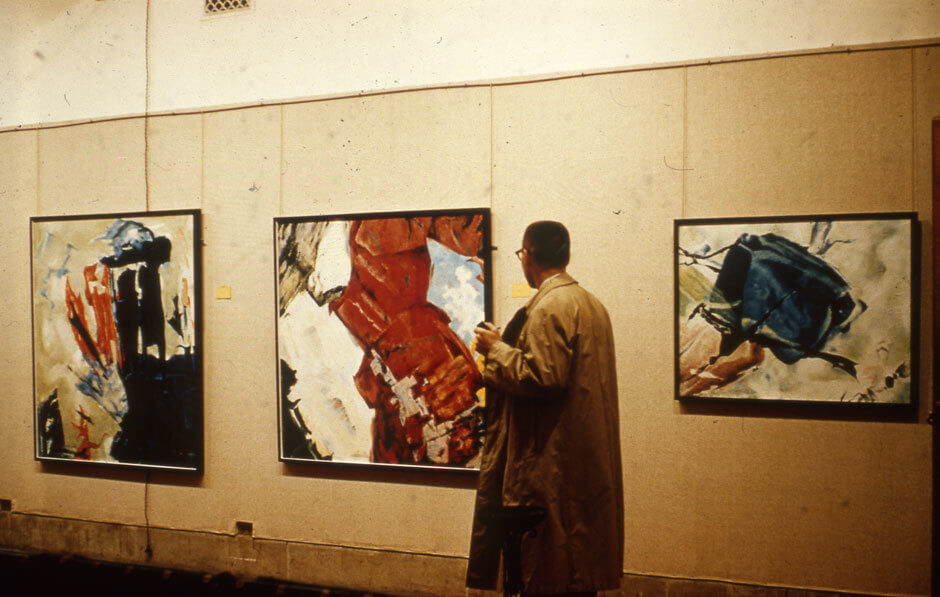
1941
May 6–18, 1941, J.W.G. Macdonald, Vancouver Art Gallery. No catalogue. About forty works including landscapes and modalities were exhibited.
September 8–21, 1941, J.W.G. Macdonald, Vancouver Art Gallery. No catalogue. Twenty-two sketches of the Rocky Mountains were exhibited.
1944
November 21–December 10, 1944, J.W.G. Macdonald, Vancouver Art Gallery. No catalogue. Primarily landscape sketches and paintings.
1946
September 1–18, 1946, J.W.G. Macdonald, Vancouver Art Gallery. No catalogue. Exhibition of automatic watercolours.
1947
August 1947, J.W.G. Macdonald: Water Colours, San Francisco Museum of Art. No catalogue. Thirty-six automatic watercolours were included in the exhibit.
October 1947, Paintings by J.W.G. Macdonald, Hart House Gallery, University of Toronto.
1952
July 1952. Jock Macdonald, Victoria Art Centre. No catalogue. About thirty works—primarily watercolours—were exhibited.
1957
November–December 1957, Jock Macdonald, Hart House Gallery, University of Toronto. No catalogue; there is a numbered checklist in Macdonald’s handwriting. Twenty-nine works were exhibited.
1958
April 21–May 3, 1958, Jock Macdonald, Park Gallery, Toronto. A pamphlet including a numbered checklist was published. Thirty-two works were exhibited.
1959
March 9–April 15, 1959, Jock Macdonald, Toronto Arts & Letters Club. No catalogue; a numbered list of the works exhibited can be seen in Macdonald’s notebook “Paintings on Exhibition: Loaned + Sold.” Eighteen works were exhibited. November 1959, Jock Macdonald, Westdale Gallery, Hamilton. No catalogue; a list of works exhibited can be seen in Macdonald’s notebook “Paintings on Exhibition: Loaned + Sold.”
1960
January 8–February 1, 1960, Jock Macdonald, Here and Now Gallery, Toronto. No catalogue; two numbered lists can be seen in Macdonald’s notebook. Twenty-four works were exhibited.
1962
January 5–20, 1962, Jock Macdonald, Roberts Gallery, Toronto. No catalogue for this posthumous exhibition.
Retrospective Exhibitions
There have been four major exhibitions of Jock Macdonald’s work in the last fifty years—in 1960, 1969–70, 1981–82, and 2014–15.
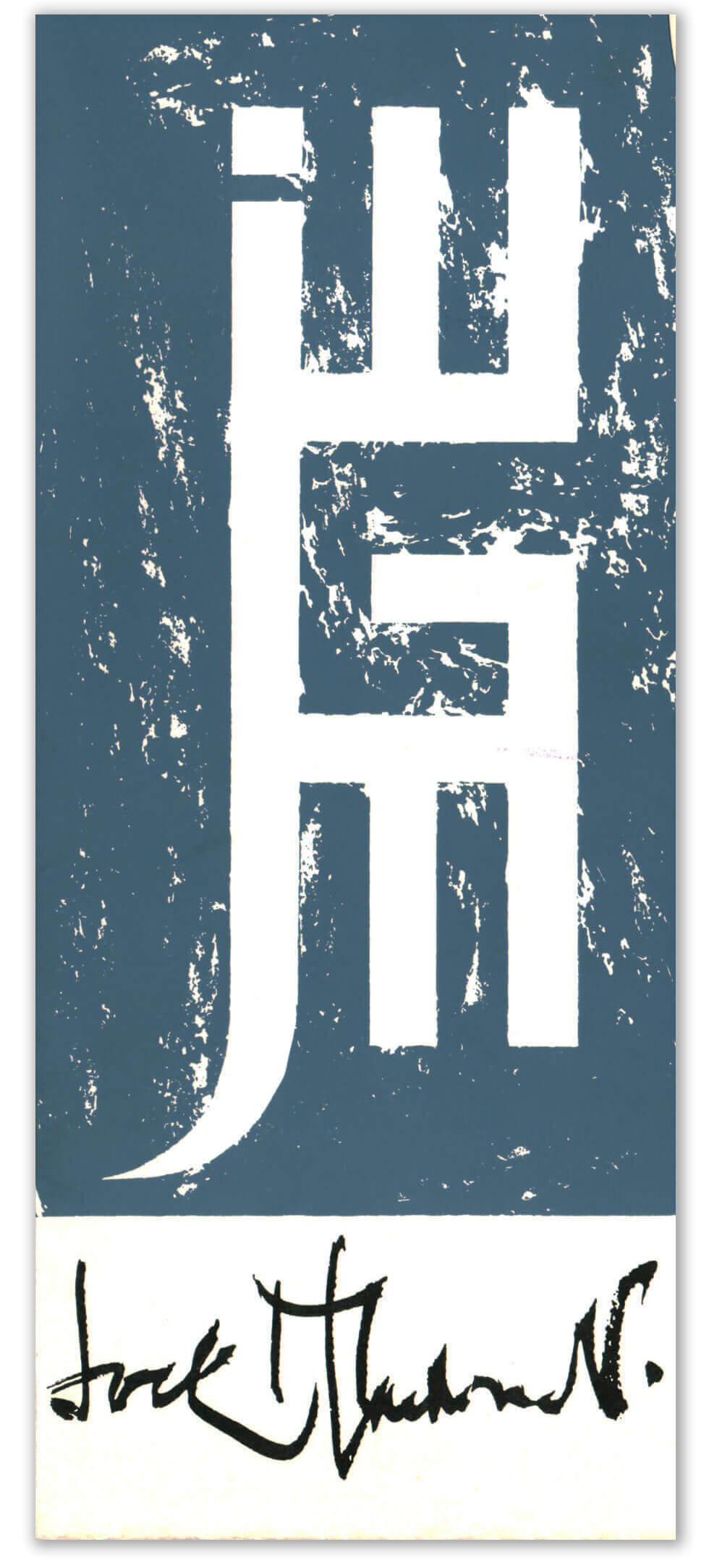
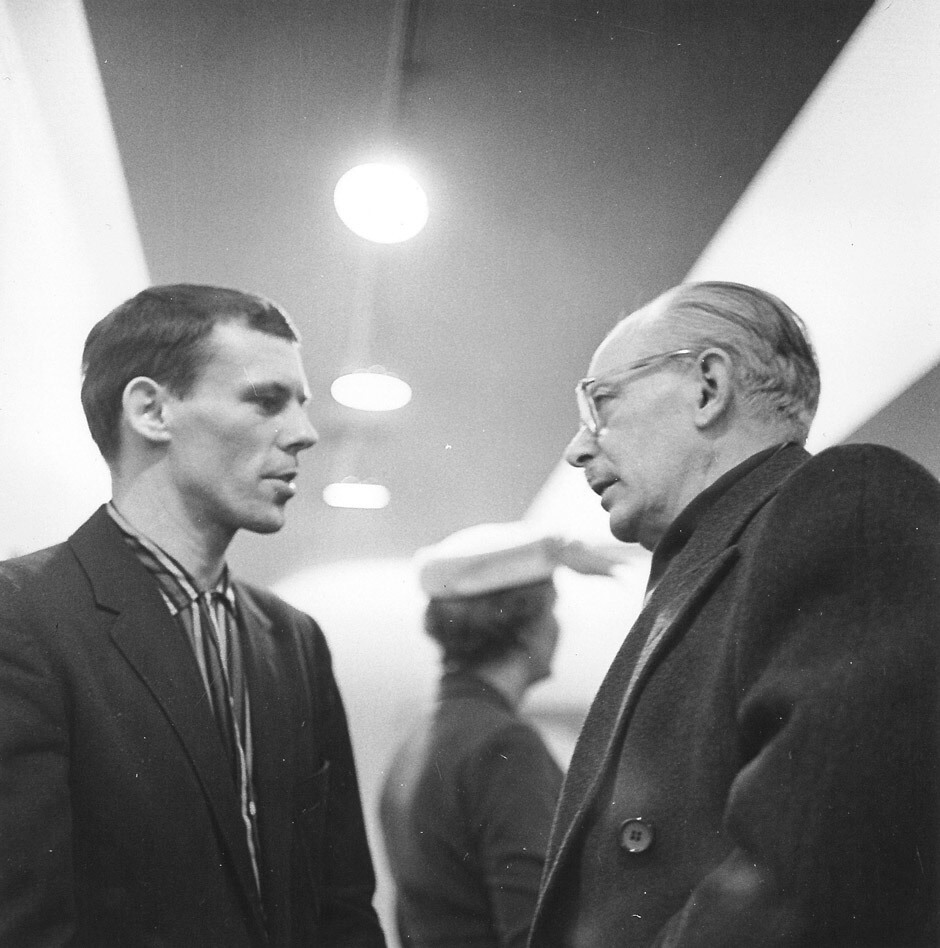
1960
May, Jock W.G. Macdonald, Retrospective Exhibition, Art Gallery of Toronto. This comprehensive exhibition was mounted in the last year of Macdonald’s life. Macdonald was involved in the selection of work for the exhibition and made sure it laid out his early evolution as an abstract artist, including his modalities. Sixty works were exhibited.
1969–70
Jock Macdonald, Retrospective Exhibition, National Gallery of Canada, Ottawa. Curated by Dennis Reid and R. Ann Pollock. The exhibition was accompanied by an illustrated catalogue: R. Ann Pollock and Dennis Reid, Jock Macdonald: Retrospective Exhibition (Ottawa: National Gallery of Canada, 1969). Circulated by the Extension Services of the National Gallery of Canada, 1969–70.
1981–82
April 4–May 17, 1981, Jock Macdonald: The Inner Landscape, Art Gallery of Ontario. Curated by Joyce Zemans, with a comprehensive and well-illustrated catalogue: Joyce Zemans, Jock Macdonald: The Inner Landscape (Toronto: Art Gallery of Ontario, 1981). The catalogue includes a reproduction of the handwritten text of Macdonald’s major aesthetic statement, the 1940 speech “Art in Relation to Nature.” (Travelled to Art Gallery of Windsor, June 20–August 16, 1981; Edmonton Art Gallery, September 19–November 8, 1981; Winnipeg Art Gallery, November 28, 1981–January 17, 1982; Vancouver Art Gallery, February–March 1982.)
2014–15
October 18, 2014–January 4, 2015, Jock Macdonald: Evolving Form, Vancouver Art Gallery, in conjunction with The Robert McLaughlin Gallery, Oshawa, January 31–May 24, 2015, and the Art Gallery of Greater Victoria, June 12–September 7, 2015. Curated by Ian M. Thom, Linda Jansma, and Michelle Jacques, with a comprehensive publication: Jock Macdonald: Evolving Form, ed. Michelle Jacques, Linda Jansma, and Ian M. Thom, (London: Black Dog Publishing, 2015). The book includes not only critical analysis of the artist’s work but also the text of Macdonald’s recently discovered Nootka diary (1935–36) and an important body of correspondence between the artist and his mentors Grace Pailthorpe and Reuben Mednikoff.
Macdonald’s Writings and Illustration
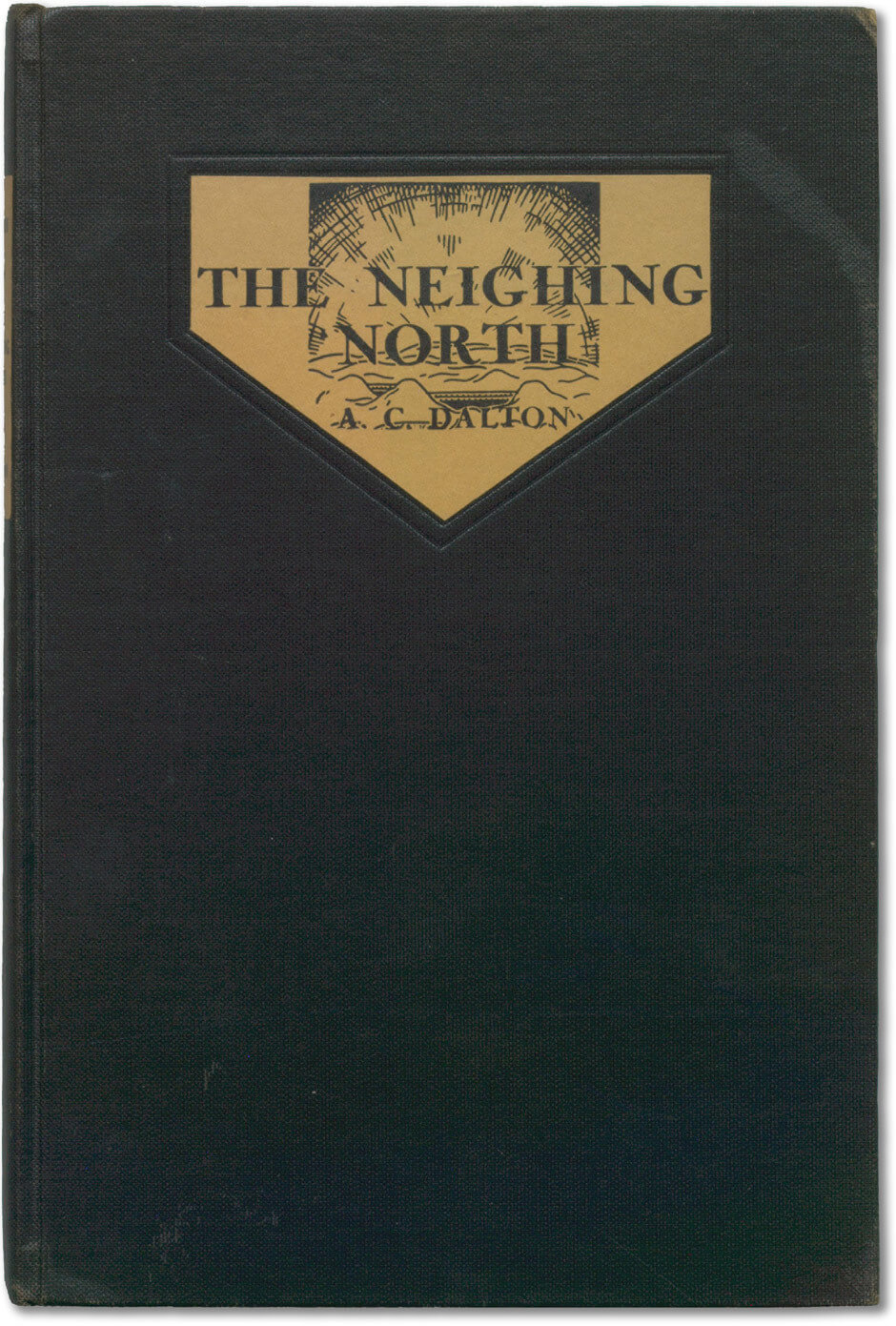
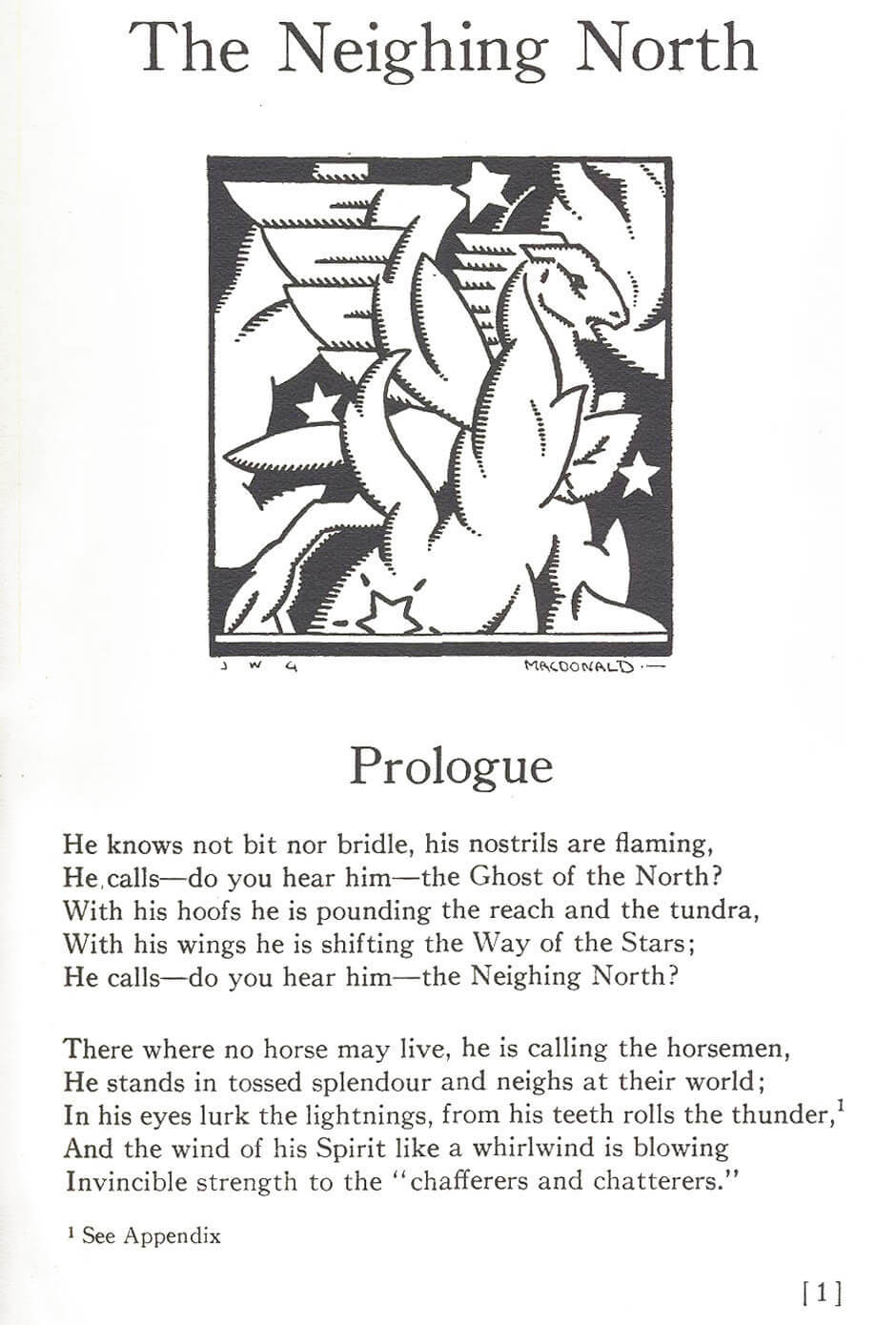
Although Macdonald taught throughout his life and often gave public lectures—particularly on the subject of modern art—there is little published material by him. He wrote short articles for The Paint Box, the magazine of the Vancouver School of Decorative and Applied Arts (now Emily Carr University of Art + Design), in the late 1920s and early 1930s.
Dalton, Annie Charlotte. The Neighing North. Toronto: Ryerson Press, 1931. Illustrated by J.W.G. Macdonald.
Macdonald, James W.G. “Heralding a New Group.” Canadian Art 5 (1947): 35–36. Article introducing the Calgary Group, which he had been instrumental in founding.
———. “Observations on a Decade, 1938–1948: The Development of Painting in the West.” Journal of the Royal Architectural Institute of Canada 25, no. 1 (January 1948): 20–22.
Critical Writing about Jock Macdonald’s Work
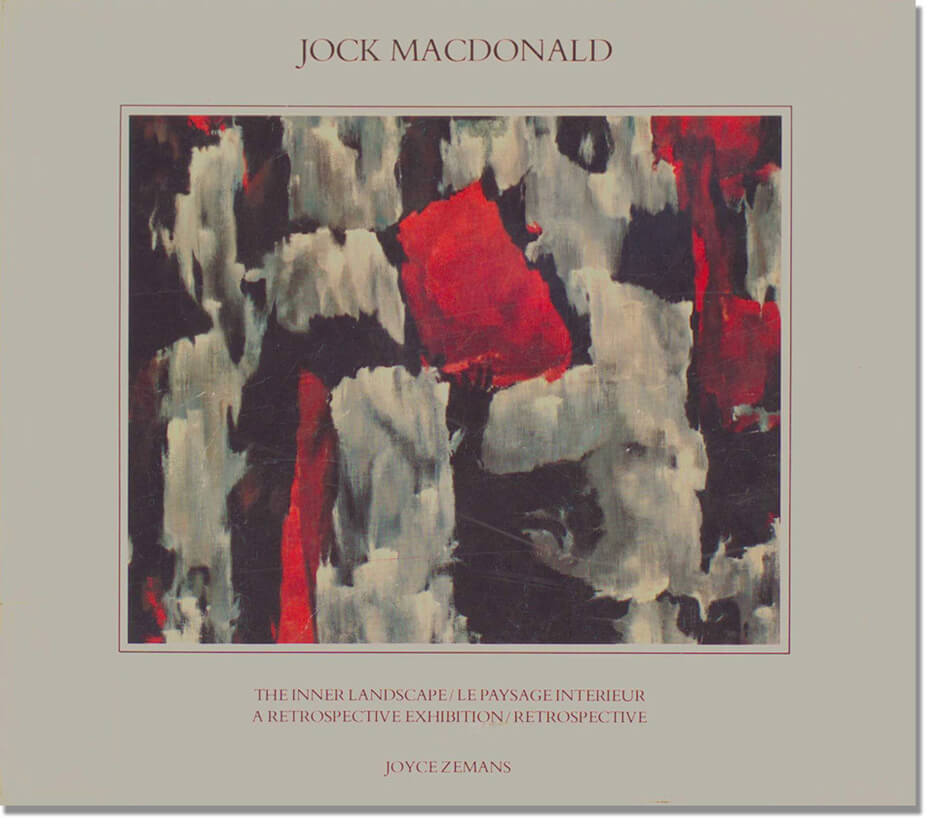
The best source for critical writing and analysis of Macdonald’s work are the catalogue essays that have accompanied the three most recent major retrospective exhibitions of his work, listed above. There are, as well, several articles and books and a master’s thesis that focus on various aspects of his work.
Bates, Maxwell. “Jock Macdonald, Painter-Explorer.” Canadian Art (Summer 1957): 151–53. Maxwell Bates, Macdonald’s artist-architect friend, wrote this article—the most important one written during the artist’s life.
Colborne, Allison. “The Search for the Universal Truth in Nature.” MA thesis, Concordia University, 1992. On deposit at the National Library of Canada, ISBN 9-315-80977-9.
Zemans, Joyce. “The Impact of Automatism on the Art of J.W.G. Macdonald.” RACAR: Revue d’art canadienne / Canadian Art Review 7, nos. 1/2 (1980): 15–24.
———. “J.W.G. Macdonald: The Course of the Painter.” artscanada nos. 242/43, (July/August 1981): 23–32.
———. “Jock Macdonald: The Teacher.” Ontario College of Art, Alumnus (Winter 81/82): 2–4.
———. Jock Macdonald. Canadian Artists Series, edited by Denis Reid. Ottawa: National Gallery of Canada, 1985.
“Art in Relation to Nature”
In “Art in Relation to Nature,” his 1940 speech at the Vancouver Art Gallery, Macdonald laid out his theories about abstract art, his investigation of spirituality in art, and his effort to integrate scientific and mathematical principles into a new artistic vision.
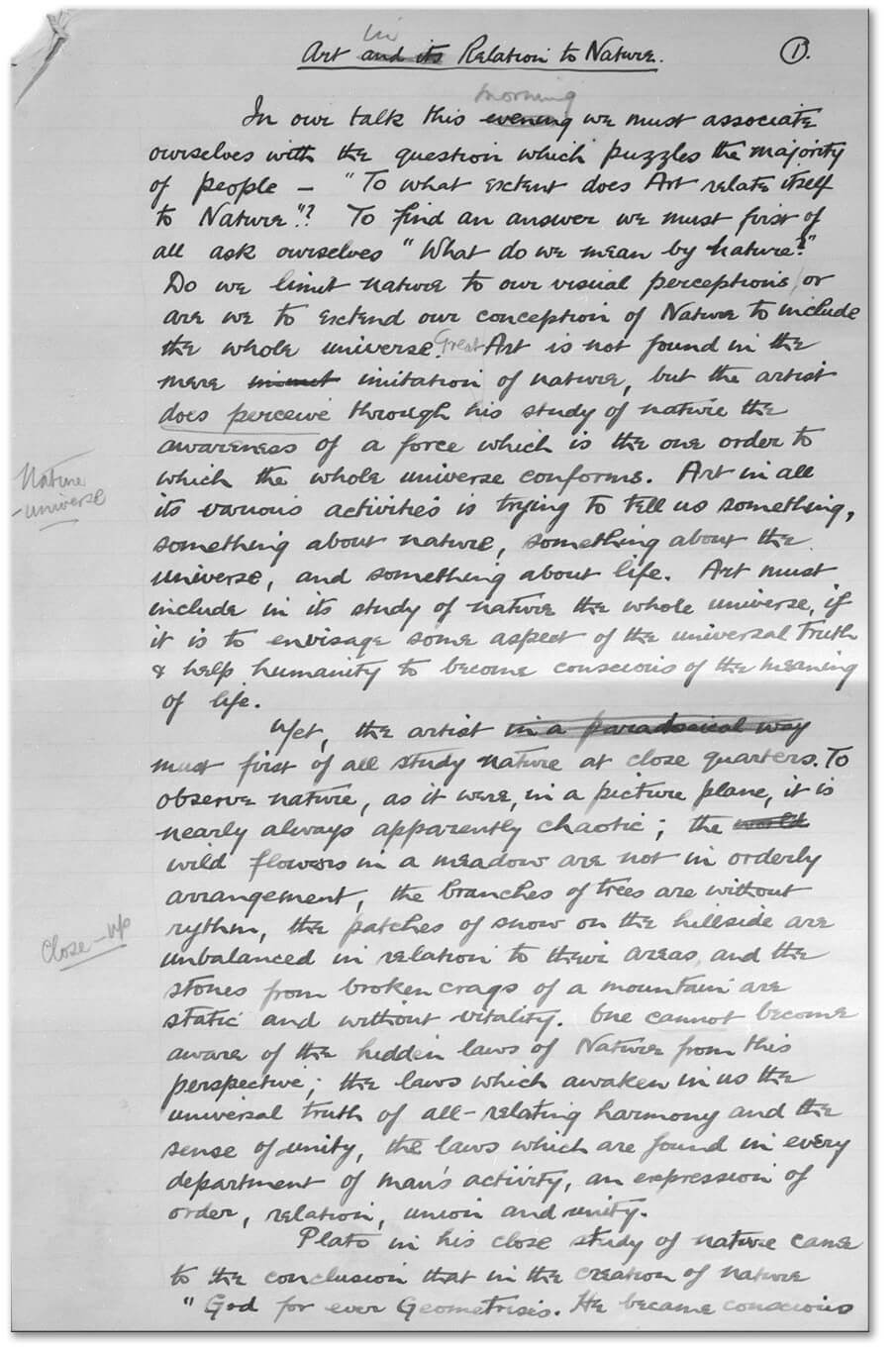
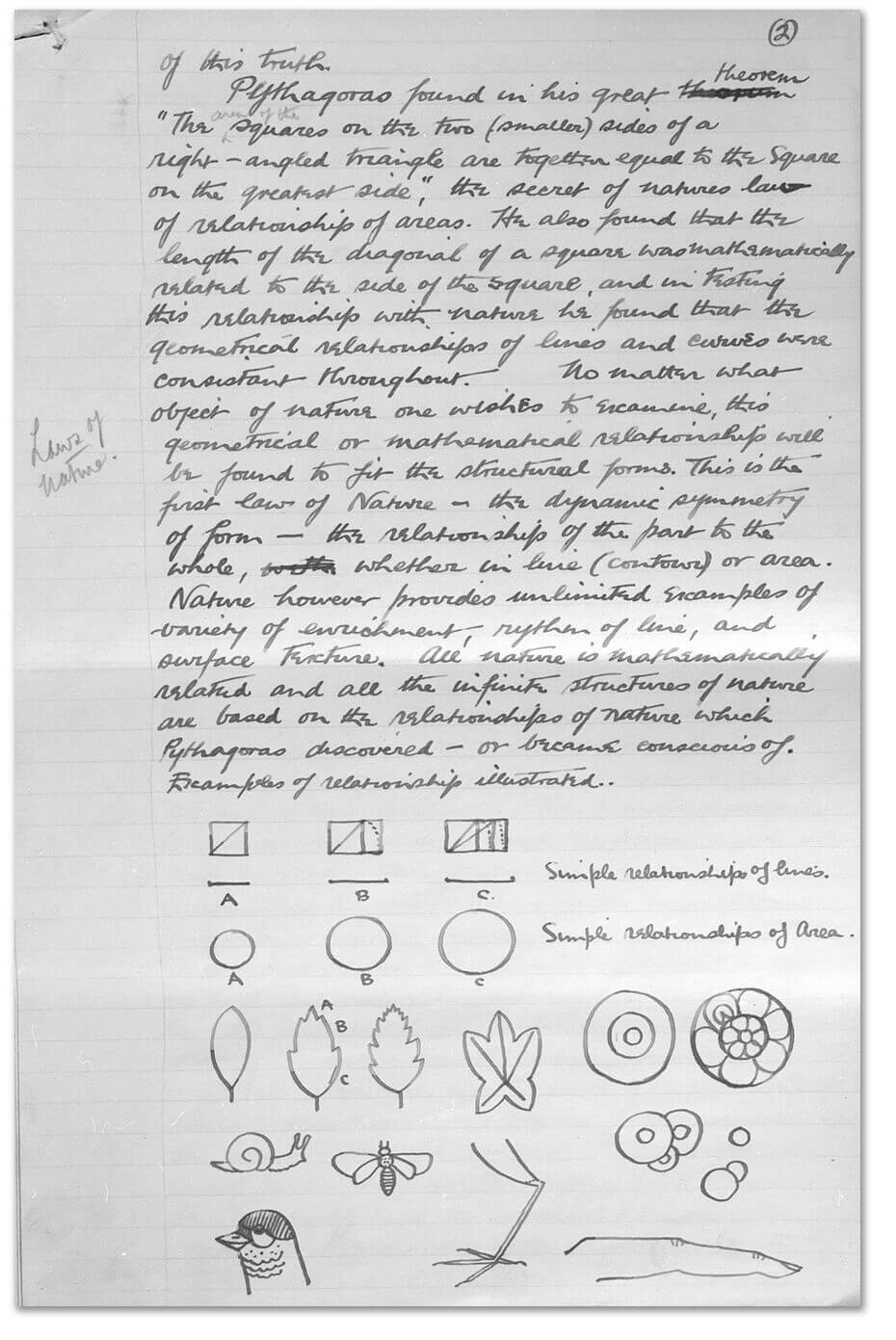
He begins with the questions: “To what extent does art itself relate to Nature?” Do we limit nature to our visual perceptions or are we to extend our conception of Nature to include the whole Universe?” He answers with the belief that would remain fundamental to his artistic practice until his death. “Art is not found in the mere imitation of nature,” but the artist must study nature in order to go beyond it and to be aware of the “hidden laws of Nature.”
Macdonald cites Plato, Pythagoras, and Jay Hambidge in his examination of the geometrical structure of a work of art and its relation to nature. He continues with an examination of current scientific and philosophical theories of the structural forms of nature, including theories of space and time, and of higher dimensionality. He concludes with a citation from Thomas Mann’s Joseph in Egypt: “We are children of our age, and it seems to me it always better to live by the time of the truth wherein we are born than to try to guide ourselves by the immemorial past … and in so doing to deny our souls.”
The handwritten notes for this lecture are in the collection of Marilyn Westlake Kuczer and are reproduced in Jock Macdonald: The Inner Landscape by Joyce Zemans.
Further Reading: About Macdonald
Readers will find the following titles useful in understanding the context in which Macdonald worked:
Baldissera, Lisa. Emily Carr: Life & Work. Art Canada Institute, 2015. https://www.aci-iac.ca/emily-carr.
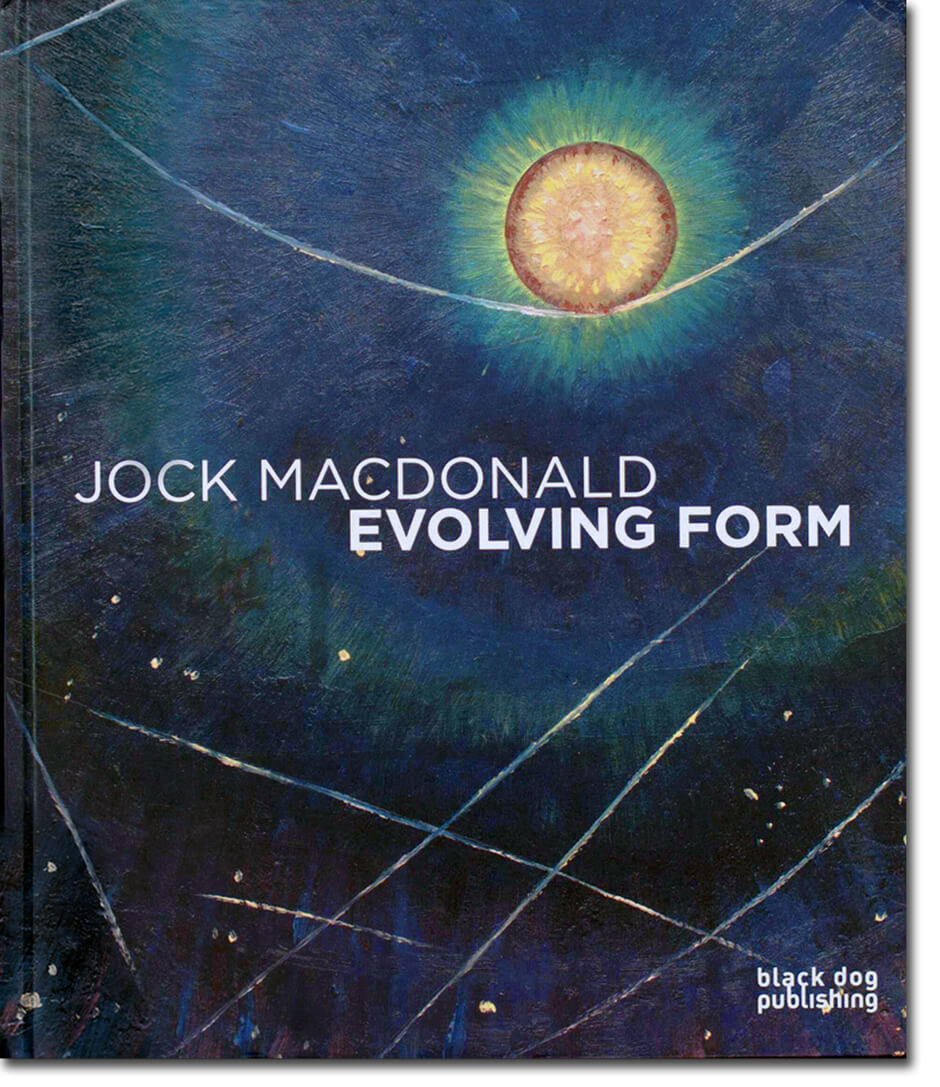
Boutillier, Alicia, Anna Hudson, Heather Home, and Linda Jansma. A Vital Force: The Canadian Group of Painters. Kingston: Agnes Etherington Art Centre; Oshawa: The Robert McLaughlin Gallery, 2013. Exhibition catalogue.
Davis, Ann. The Logic of Ecstasy: Canadian Mystical Painting 1920–1940. Toronto: University of Toronto Press, 1992.
Davis, Ann, Elizabeth Herbert, Jennifer Salahub, and Christine Sowiak. Marion Nicoll: Silence and Alchemy. Calgary: University of Calgary Press, 2013.
Hale, Barrie. “Introduction.” Toronto Painting: 1953–1965. Ottawa: National Gallery of Canada, 1972. Exhibition catalogue.
———. Out of the Park: Modernist Painting in Toronto, 1950–1980. vol. 2 of Provincial Essays, edited by Jennifer Oille Sinclair. Toronto: Phacops Publishing Society, 1985.
Hill, Charles C. Canadian Painting in the Thirties. Ottawa: National Gallery of Canada, 1975.
———. John Vanderpant Photographs. Ottawa: National Gallery of Canada, 1976.
———. The Group of Seven: Art for a Nation. Ottawa: National Gallery of Canada; Toronto: McClelland & Stewart, 1995.
Leclerc, Denise. The Crisis of Abstraction in Canada: The 1950s. Ottawa: National Gallery of Canada, 1992.
Murray, Joan. Painters Eleven in Retrospect. Oshawa: The Robert McLaughlin Gallery, 1979.
———. Origins of Abstraction in Ontario: The Abstracts at Home Show, 1953. Oshawa: The Robert McLaughlin Gallery, 1992.
Nasgaard, Roald. Abstract Painting in Canada. Vancouver: Douglas & McIntyre, 2007.
Nowell, Iris. Painters Eleven: The Wild Ones of Canadian Art. Vancouver: Douglas & McIntyre, 2010.
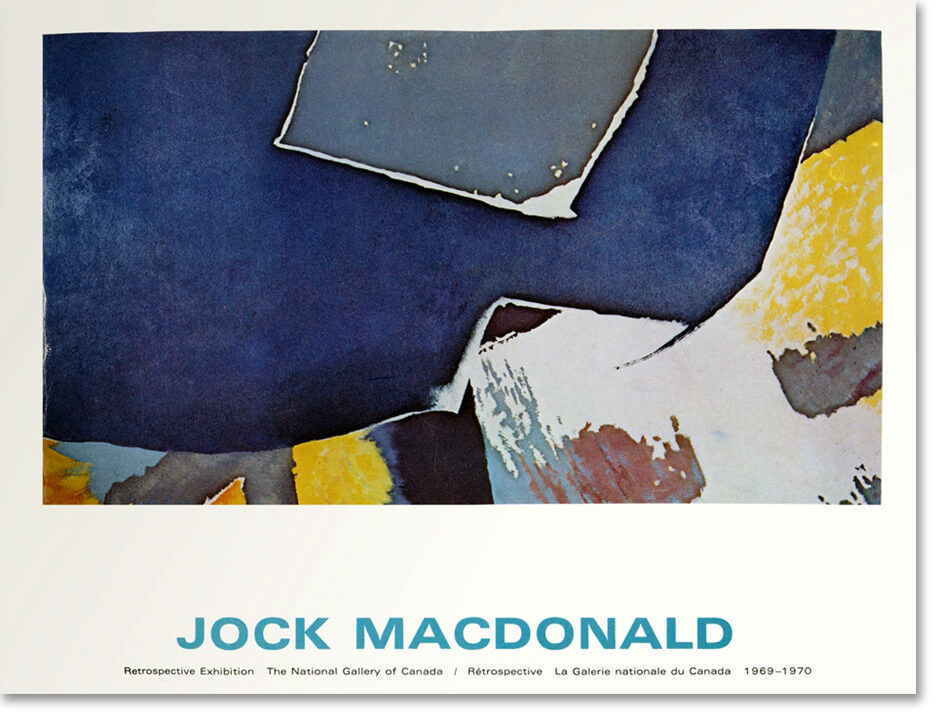
Reid, Dennis. Toronto Painting: 1953–1965. Ottawa: National Gallery of Canada, 1972.
Salloum, Sheryl. Underlying Vibrations: The Photography and Life of John Vanderpant. Victoria: Horsdal & Schubart, 1995.
Snow, Kathleen M. Maxwell Bates: Biography of an Artist. Calgary: University of Calgary Press, 1993.
Walker, Doreen, ed. Dear Nan: Letters of Emily Carr, Nan Cheney and Humphrey Toms. Vancouver: University of British Columbia Press, 2004.
Zemans, Joyce. “First Fruits: The World and Spirit Paintings.” In Bertram Brooker and Emergent Modernism, vol. 7 of Provincial Essays, edited by Jennifer Oille Sinclair, 17–37. Toronto: Phacops Publishing Society, 1989.
———. “Varley: An Appreciation.” In Peter Varley, Fred Varley, 51–75. Toronto: Key Porter Books, 1996 (Originally published 1983).
———. “Making Painting Real: Abstract and Non-Objective Art in English Canada, c. 1915–1961.” In The Visual Arts in Canada, edited by Anne Whitelaw, Brian Foss, and Sandra Paikowsky, 163–86. Don Mills, ON: Oxford University Press, 2010.
Further Reading: Sources That Macdonald Read
The following texts are some of the sources that Macdonald read and in which he found inspiration.
Besant, Annie, and Charles Leadbeater. Thought Forms. Adyar, Madras; Wheaton, Illinois: The Theosophical Publishing House, 1952.
Bragdon, Claude. A Primer of Higher Space (The Fourth Dimension). Rochester: The Manas Press, 1913. http://albanyqigong.com/images/a_primer_of_higher_space.pdf.
Brooker, Bertram. The Yearbook of the Arts in Canada, 1928–1929. Toronto: Macmillan, 1929.
Hambridge, Jay. Dynamic Symmetry: The Greek Vase (New Haven: Yale University Press), 1920. http://www.leicacameramonkey.com/uploads/5/4/2/6/54263701/hambridge_greek_vase.pdf.
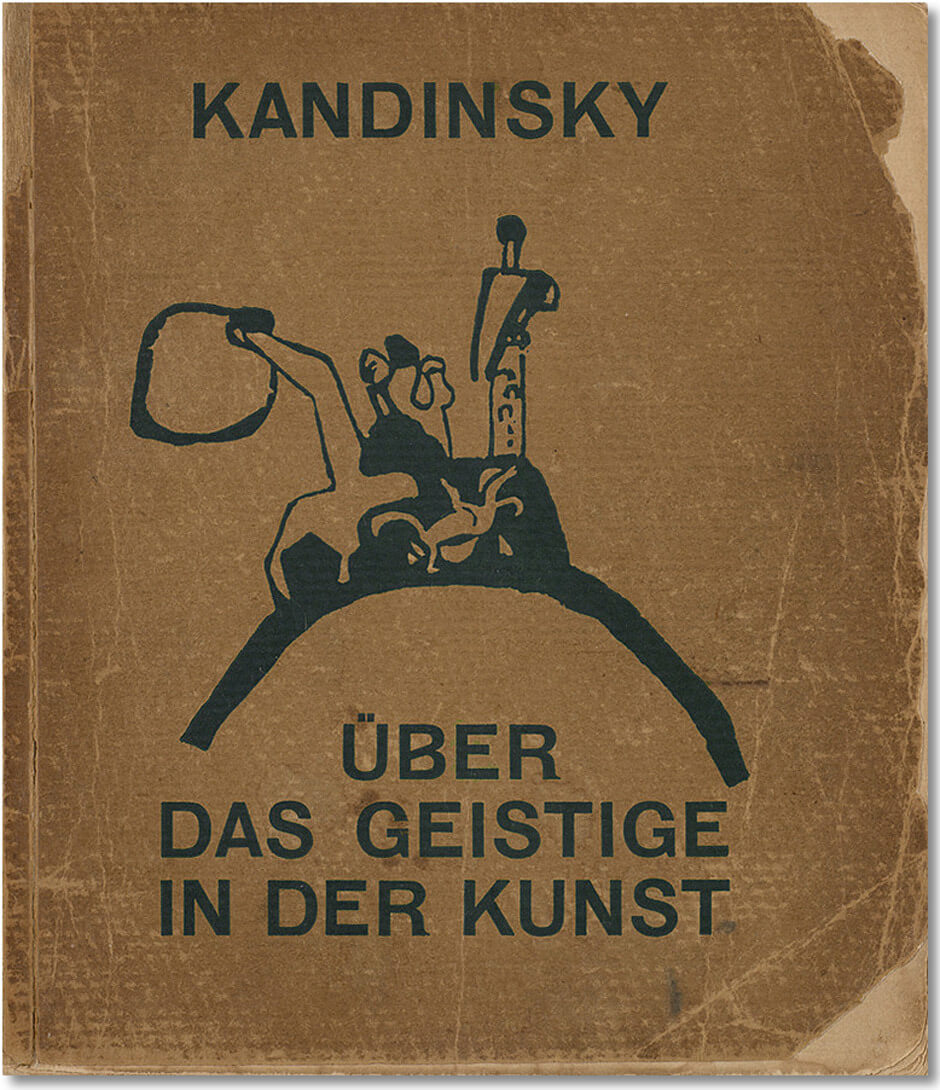
Harris, Lawren. Abstract Painting: A Disquisition. Toronto: Rous and Mann, 1954.
Hofmann, Hans. Search for the Real and Other Essays. Edited by Sarah T. Weeks and Barlett H. Hayes Jr. Cambridge: The M.I.T. Press, 1967.
Kandinsky, Wassily. Concerning the Spiritual in Art, New York: George Wittenborn Schulz, 1947.
Jeans, Sir James. The Mysterious Universe. Cambridge: Cambridge University Press, 1948.
Ouspensky, P.D. Tertium Organum: The Third Canon of Thought, A Key to the Enigmas of the World. Translated by Nicholas Bessaraboff and Claude Bragdon, and with an introduction by Claude Bragdon. 1922. Reprinted, New York: Vintage Books, 1970.
———. A New Model of the Universe. London: Arkana, 1984.
Ozenfant, Amédée. Foundations of Modern Art. Translated by John Rodker. New York: Dover, 1952.

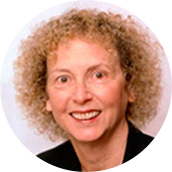 About the Author
About the Author
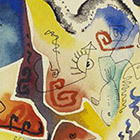 More Online Art Books
More Online Art Books
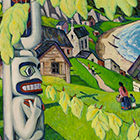 Acknowledgements
Acknowledgements